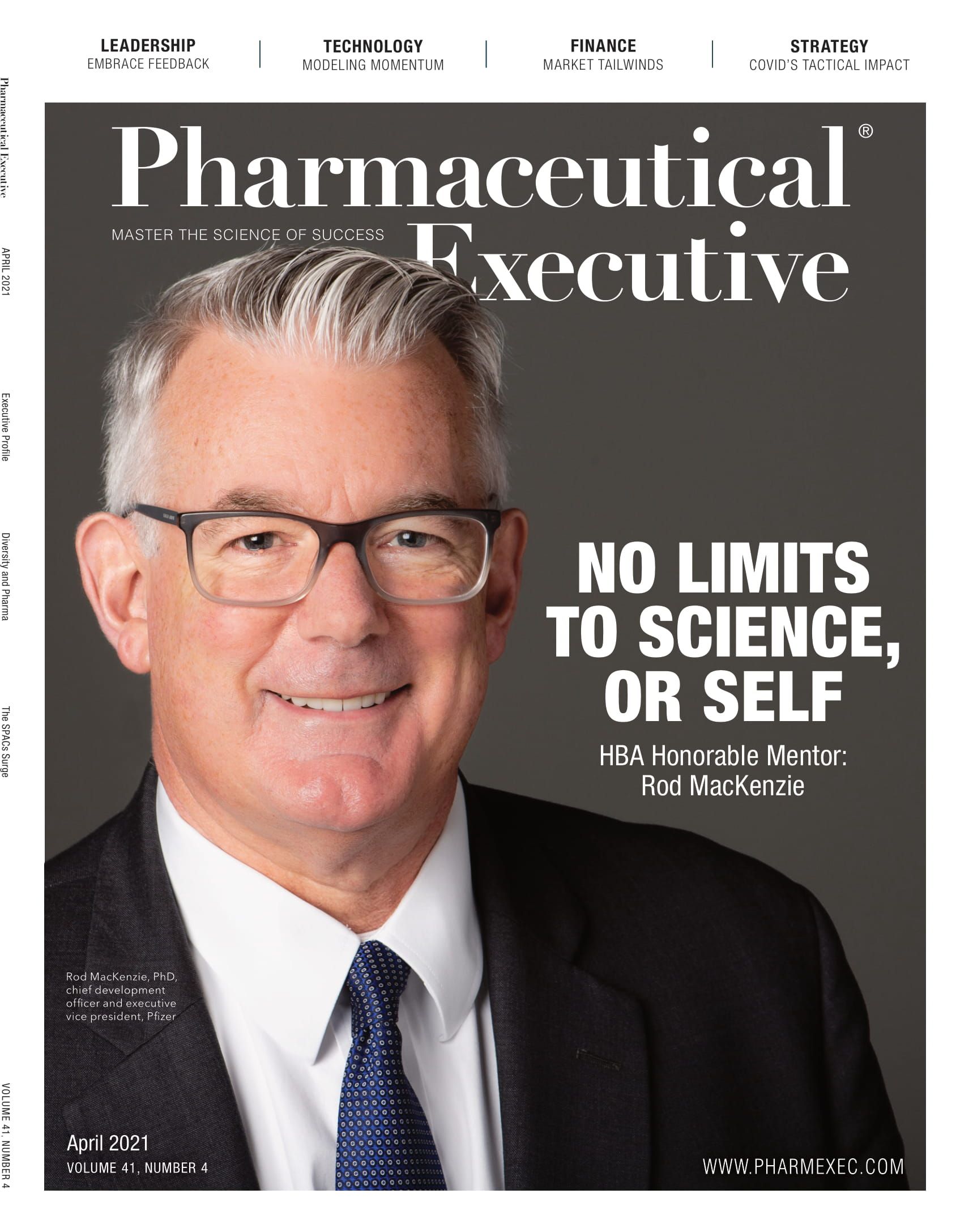In Silico in Sight as Biopharma Game-Changer
A coalition of data, computational power, and AI is bringing the full potential of in silico medicine out of the realm of science fiction.

In terms of in silico activities—basically, those using computer modeling or simulation technologies—the medical device industry had a good 10-year head start on biopharma. After all, it’s easier to model a device than to model a drug or a patient with a disease. There is also the matter of regulation; the drug regulators have long adhered to “a dogma of being excessively cautious about any predictive data to support reviewers’ risk-benefit ratio evaluation in approvals,” says Emmanuelle Voisin, CEO of Voisin Consulting. But that dogma is now loosening, adds Voisin, and in silico techniques are now promoted by regulators. Cost pressures surrounding drug development are also facilitating this trend.”
Voisin serves as policy development working group leader of the nonprofit organization, Avicenna Alliance, one of whose goals is to make in silico medicine “standard practice in healthcare.” Thierry Marchal, program director for healthcare solutions for global software company Ansys, also serves as Avicenna’s secretary general. He told Pharm Exec that it’s an exciting time for the technology. “First, the computational power we had 10 years ago was nothing compared with what we’ve got today,” he says. “Second is that where software companies in the past were reaching for the ‘low-hanging fruit’ in terms of in silico modeling, for example, working with the automotive companies, they have started pursuing bigger projects and developing more specific models, leading them into the healthcare space.”
The third reason is that pharma companies have also started “opening their minds” to the possibilities of in silico. “Some companies are saying, ‘We don’t care about the model we use; we care about getting drugs and treatments to the patient as quickly and as safely as possible.’ They are looking at in silico medicine as a good business opportunity.”
Avicenna Alliance keeps the regulators apprised of in silico innovations such as the digital twin, which in a healthcare context is a multi-scale representation of a patient that displays all pathological and physiological outcomes and facilitates the design of personalized treatment plans. The launch last year of GNS Healthcare’s Gemini, touted as “the world’s most accurate computer model of multiple myeloma disease progression and drug response,” represents a step forward in the digital patient area. Gemini simulates drug response at the individual patient level, predicts optimal combination therapies, and generates evidence for line of therapy change and treatment sequence optimization. It is accurate enough “to serve as a companion technology platform in the design of clinical trials and the generation of real-world evidence.”
GNS Healthcare CEO Colin Hill says that it is only in the last five years or so that the data and technology has combined to make the Gemini patient possible. “Molecular biology has been going on for 60, 70 years, but I would say we’ve been lucky if we know five or 10% of the circuitry of human disease,” says Hill.
But now, with the “near-infinite computing power” of cloud-computing (which “stopped being an issue about 10 years ago”), the application of causal AI (which “crossed the tipping point five to seven years ago”), and, in the last five years, the ability to generate genomic data on a large enough number of real-world patients across a number of diseases, “we’ve reached a point where we can fill in that 90% of disease circuitry,” Hill told Pharm Exec. “GNS has been able to put these ingredients together—the super-computing, the AI, the patient data—to produce the Gemini in silico patient.”
“In the future, everybody could have a personal digital avatar,” explains Marchal. “As soon as we discover the formulation of a vaccine, for example, we could begin in silico clinical trials on millions of avatars.” Avicenna Alliance is currently working with an Italian university on this technology in order “to run a clinical trial on 1,000 patients in two hours.” Admittedly, the time when everyone has their own avatar—“a copy of oneself down to the DNA level”—could be decades away. “But let’s not wait decades!” says Marchal. “We are concerned with what can we do today to accelerate the process. And every year, we get closer to realizing the promise of this technology.”
Julian Upton is Pharm Exec’s European and Online Editor. He can be reached at jupton@mjhlifesciences.com.

Is Artificial Intelligence a ‘Product’? Products Liability Implications for AI-Based Products
April 10th 2025As the physical products we use evolve to become increasingly complex, traditional products liability frameworks may not always fit to provide remedies for harm that can result from using novel product types.